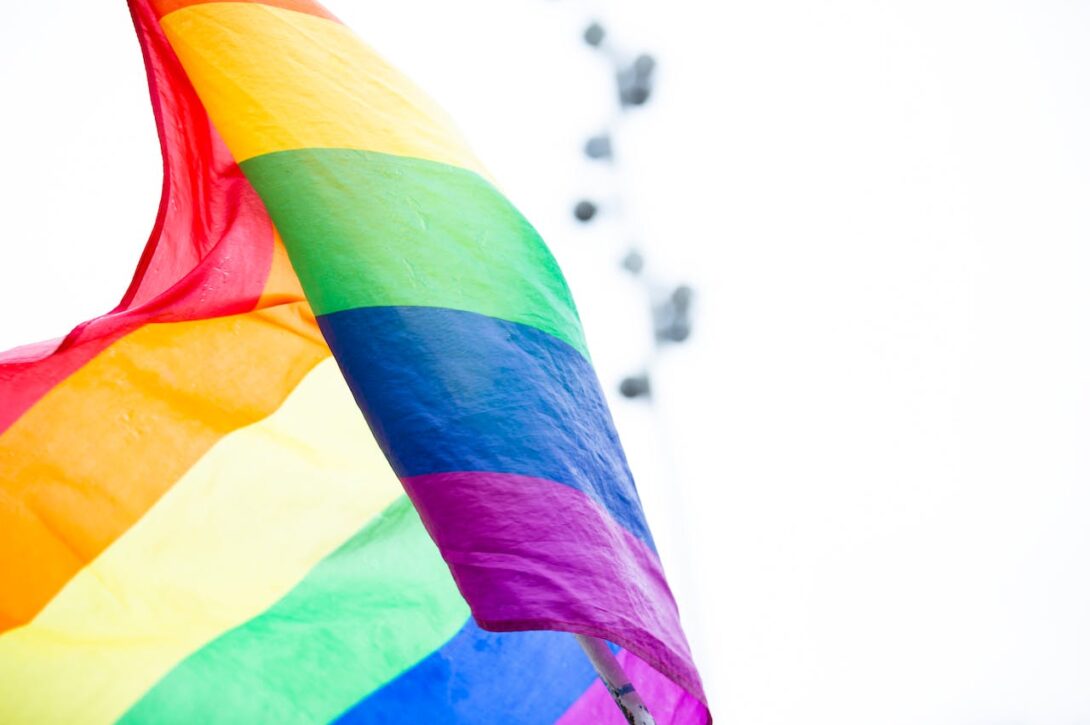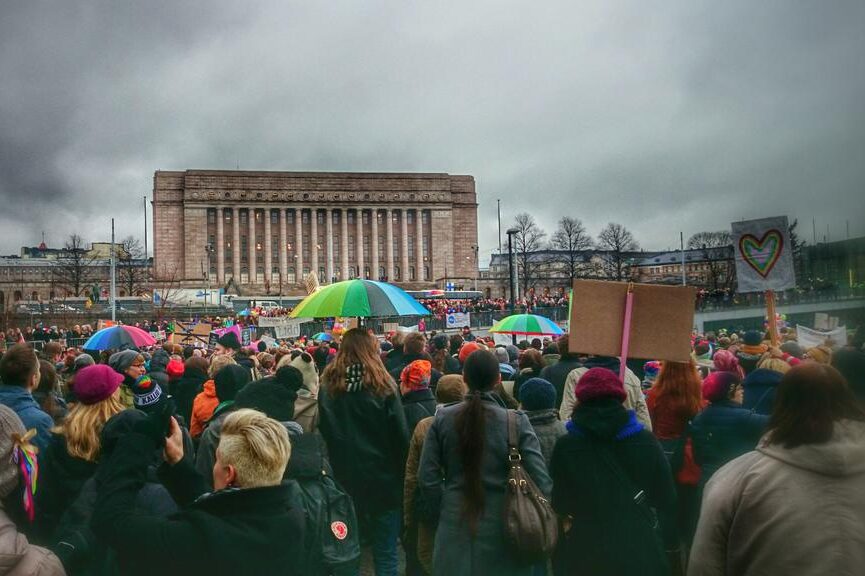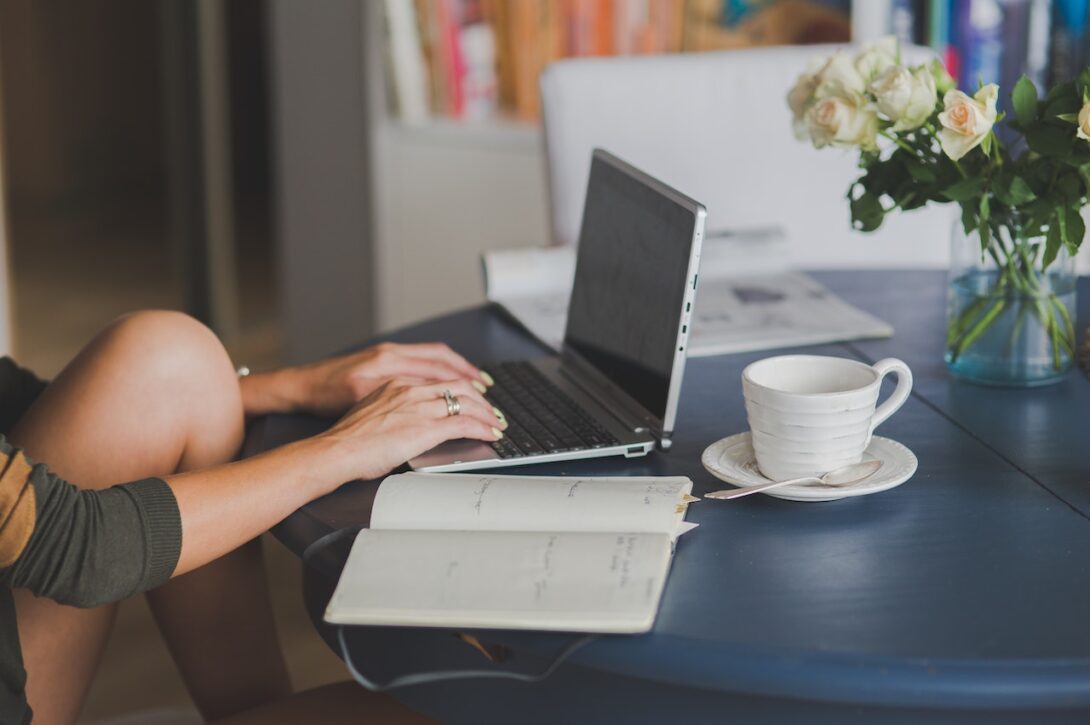Tag: crowd sourcing
News
- Articles from Policy & Internet
- Books
- Call for Papers
- Child Safety
- Collective Action
- Conferences
- Democracy
- Development
- Economics
- Education
- Environment
- Ethics
- Governance & Security
- Health
- Interviews
- Mapping
- Methods
- Policy
- Politics & Government
- Publications
- Social Data Science
- Submissions Closed
- Tools
- Video
- Wellbeing
-

The Power of Digital Participation – How Online Tools Affect and Are Affected by Policy Conflicts
Can e-participation improve policy processes, or do existing conflicts hinder its potential?
-

Can “We the People” really help draft a national constitution? (sort of..)
There is a clear trend of greater public participation in the process of constitution making,…
-

Do Finland’s digitally crowdsourced laws show a way to resolve democracy’s “legitimacy crisis”?
Discussing the digitally crowdsourced law for same-sex marriage that was passed in Finland and analysing…
-

Assessing crowdsourcing technologies to collect public opinion around an urban renovation project
How do you increase the quality of feedback without placing citizens on different-level playing fields…
-

Crowdsourcing ideas as an emerging form of multistakeholder participation in Internet governance
Assessing the extent to which crowdsourcing represents an emerging opportunity of participation in global public…
-

Uber and Airbnb make the rules now — but to whose benefit?
Outlining a more nuanced theory of institutional change that suggests that platforms’ effects on society…
-

Why are citizens migrating to Uber and Airbnb, and what should governments do about it?
What if we dug into existing social science theory to see what it has to…
-

Will digital innovation disintermediate banking—and can regulatory frameworks keep up?
The role of finance in enabling the development and implementation of new ideas is vital—an…
-

Finnish decision to allow same-sex marriage “shows the power of citizen initiatives”
It is the first piece of “crowdsourced” legislation on its way to becoming law in…
-

Investigating virtual production networks in Sub-Saharan Africa and Southeast Asia
—
This mass connectivity has been one crucial ingredient for some significant changes in how work…

